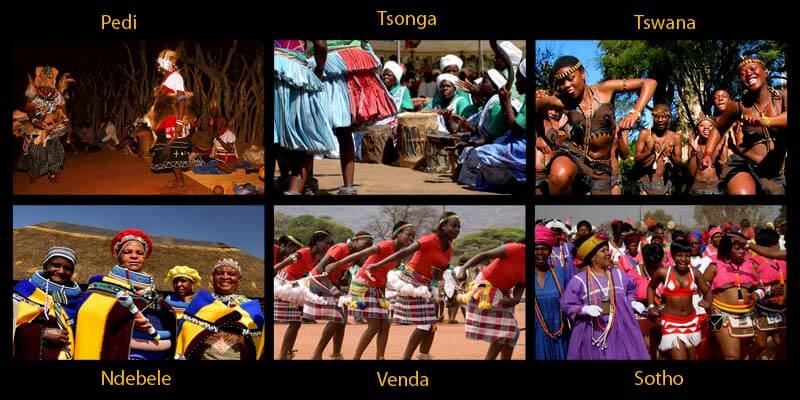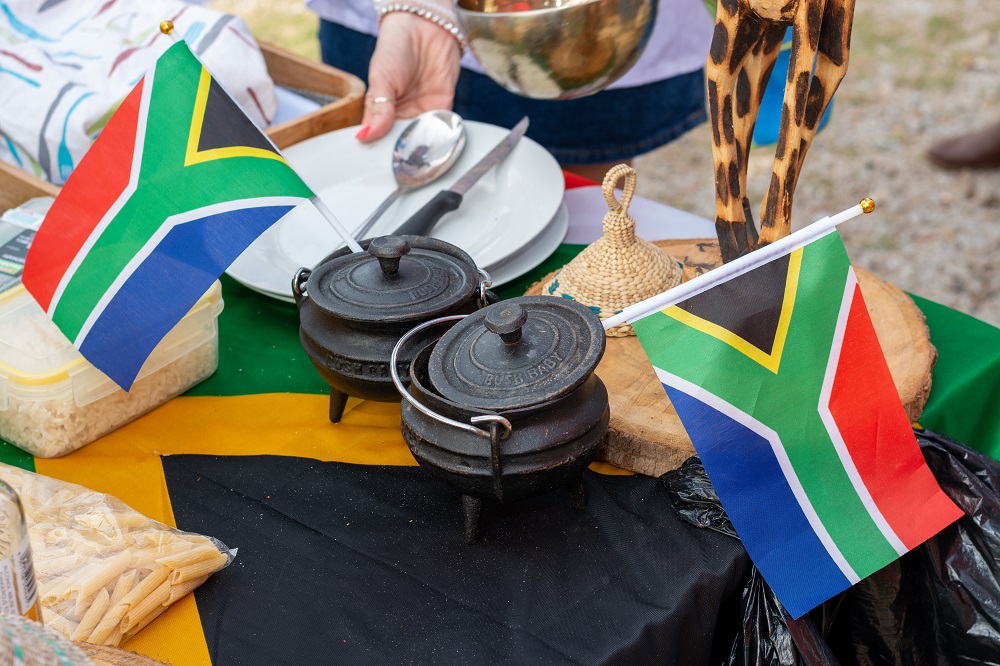The Main Principles Of South African Culture Today
The Main Principles Of South African Culture Today
Blog Article
An Unbiased View of South African Culture Today
Table of ContentsThe Of South African Culture TodaySouth African Culture Today for BeginnersSouth African Culture Today for DummiesSome Known Details About South African Culture Today Indicators on South African Culture Today You Should Know7 Simple Techniques For South African Culture Today

The and lamb along with of people with shields and spears, in their paints. Hunter-gatherers can not live completely together with a worked out area and hence troubles developed. When the San combated versus the BaNtu, they went to a huge disadvantage not just in numbers yet likewise in absence of weapons.
The Europeans possessed equines and guns. In this period, the variety of San was considerably lowered. South African culture today. They fought to the fatality and liked fatality to record where they.Colonialism destroyed the San migratory lifestyle, they were no much longer enabled to wander openly and trophy hunters destroyed the substantial herds of video game that created their principal supply of food

Certain individuals may assume management in details rounds in which they excel, such as searching or healing rituals, however they can not attain placements of basic influence or power. White colonists discovered this very confusing when they tried to. Management amongst the San is kept for those that have actually lived within that group for a long period of time, that have accomplished a decent age, and excellent character.
Land is generally had by a team, and rights to land are normally acquired bilaterally. As long as a person lives on the land of his group he preserves his membership.
Getting My South African Culture Today To Work
The San arrow does not kill the animal straight away. In the situation of little antelope such as Duiker or Steenbok, a pair of hours might elapse before fatality.
The meat is steamed or roasted on a fire. and every component of the animal is utilized. The hides are tanned for coverings and the bones are split for the marrow. Water is tough to find by, as the San are frequently on the move. Typically during the completely dry period, these migrants accumulate their wetness by scuffing and pressing origins.
A caterpillar, red yellow in colour and concerning three-quarters of an inch long, called ka or ngwa is likewise utilized. The poison is highly harmful and is substantially been afraid by the San themselves; the arrow factors are for that reason turned around so that the toxin is securely had within the reed collar.
The poison is neuro harmful and does not infect the entire animal. The place where the arrow strikes is eliminated and discarded, yet the remainder of the meat is fit to eat. The effect of the toxin is not rapid, and the hunters regularly have to. The San likewise dug risks near the larger rivers where the game involved consume.
Not known Facts About South African Culture Today
These pitfalls were skillfully covered with branches, which resulted in the pets walking over the pit and dropping onto the stake. When capturing tiny pets such as hares, guinea fowls, Steenbok or Duiker, or fiber from plants were used. These had a running noose that suffocated the pet when it entered the snare to accumulate the food that had actually been put inside it.
Aardvark holes are utilized by little dollar as a relaxing place to get away the noontime sun. The seeker waited patiently behind the hole until the pet left. When this occurred, it was be securely pinned and appealed the head with a Kerrie (club). The and understand the habits of their victim.
The Of South African Culture Today
If the ground is bare and open, he will certainly creep on his stomach, occasionally holding a tiny shrub in front of him. Seekers bring a skin bag slung around one shoulder, containing individual possessions, poisonous substance, medicine, flywhisks and additional arrowheads. They might also bring a club to toss at and stun tiny video game, a long penetrating stick to extract hares from their burrows or a stick to remove Aardvark or Warthog.
According to San custom, they rated to share the meal and would certainly, in the future, have to react in the exact same way. However, plant foods, gathered by the womenfolk, are not shared yet consumed by the female's prompt household. The San make use of over 100 edible varieties of plant.
Youngsters remain at home to be monitored by those staying in camp, but nursing youngsters are continued these celebration trips, contributing to the lots the females must lug. Until just recently, most amateur and specialist anthropologists checked out a rock painting of the San and believed that they could analyze it without any kind of troubles.
Women from this source occasionally assist in the quest and the guys occasionally aid collect plant foods. When medicine man (medication men) repainted an Eland, they did not just pay respect to a spiritual pet; they additionally harnessed its essence (N!um). By putting paint to rock, they would certainly be able to. San rock paints are located in rocky locations of the KwaZulu-Natal, Eastern Cape and the Western Cape districts (South African culture today).
The 2-Minute Rule for South African Culture Today
Blue and environment-friendly were never ever used. Red was stemmed from haematite (red ochre), and yellow from limonite (yellow ochre). Manganese oxide and charcoal were utilized for black; white, which does not protect well, was possibly obtained from bird droppings or kaolin. The blood of an Eland, an animal of excellent spiritual and symbolic value, was frequently combined into the colour pigments.
Human numbers are stylized and depicted as having long strides and the animals are either galloping or leaping, or, more discreetly, flipping a tail or turning a neck. Many of the paintings have an underlying spiritual motif and are thought to have actually been representations of spiritual ceremonies and routines. The San idea system usually observes the superiority of one powerful god, while at the same time identifying the visibility of minimal gods together with their spouses and children.
Among some San, it is believed that working the soil is in contrast to the globe order established by the god. The most essential spiritual being to the southerly San was/ Kaggen, the trickster-deity. He created numerous things, and shows up in many misconceptions where he can be absurd or smart, exhausting or helpful.

/ Kaggen is not always a praying mantis, as the mantis is only one of his manifestations. He can also become an Eland, a hare, a snake or a marauder - he can additional hints assume many types. When he is not in among his animal types,/ Kaggen lives his life as an average San.
A Biased View of South African Culture Today
Once captured, the Eland is skinned and the fat from the animal's throat and collarbone is made right into a brew. The women of the tribe Website do the Eland Bull Dance where they copy the breeding behaviour of the Eland cows.
Report this page